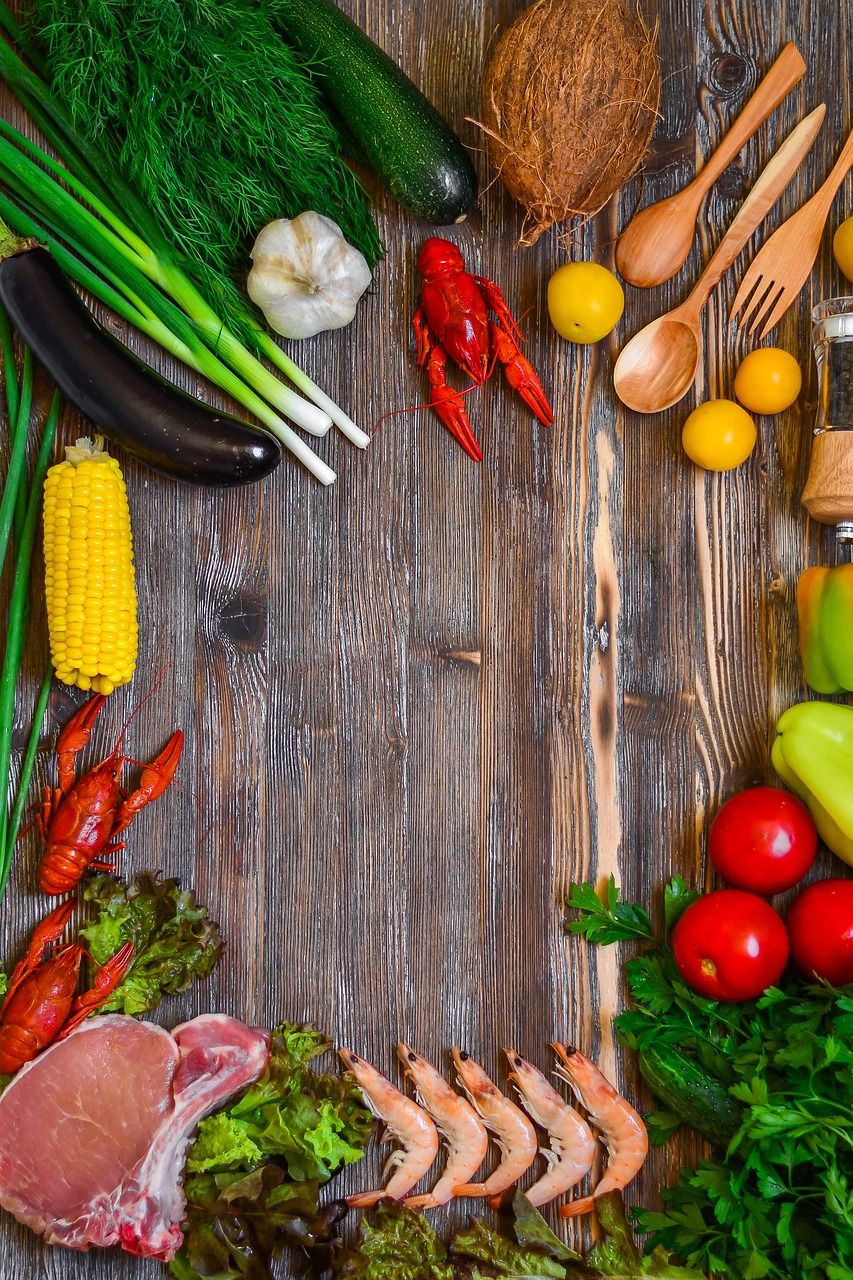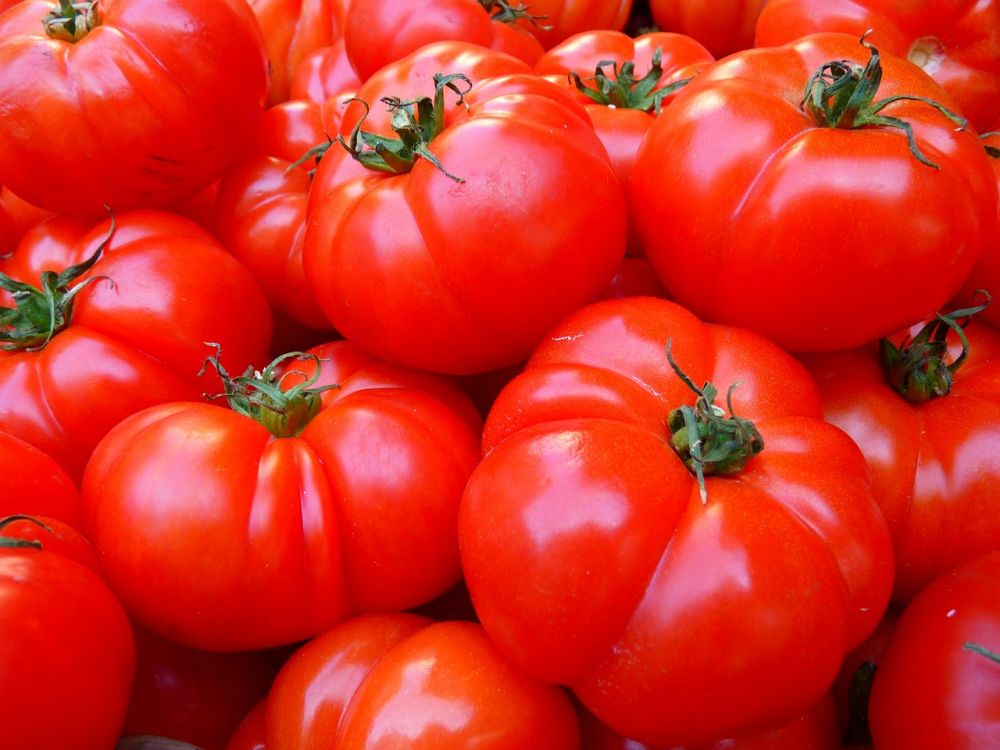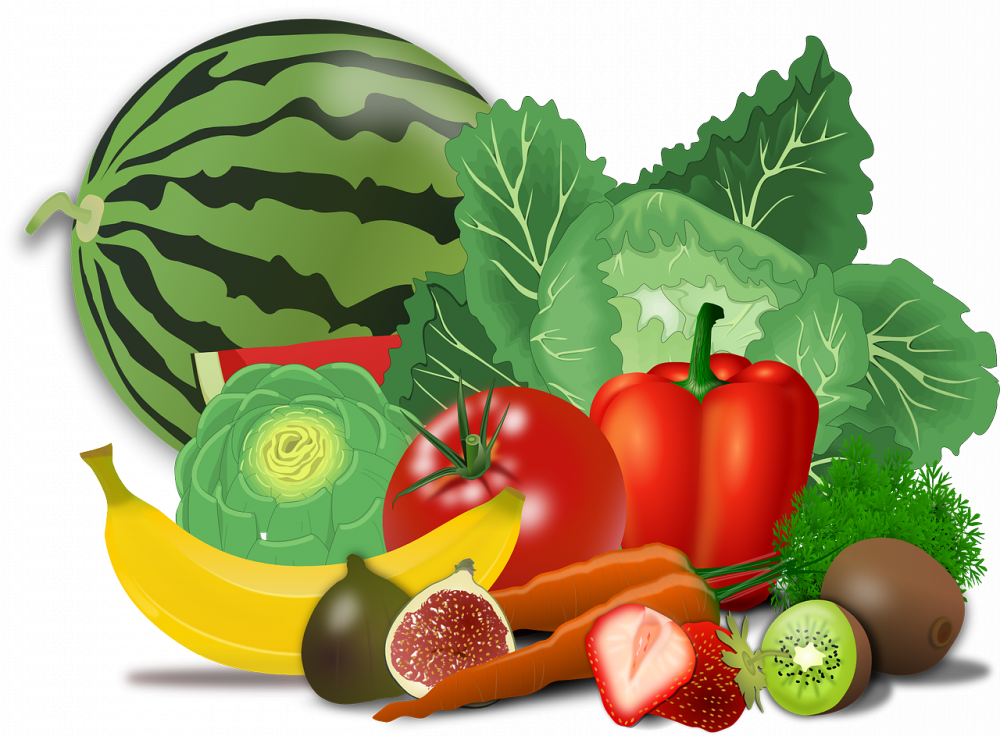LCHF diet: A Comprehensive Guide to Low Carb, High Fat Diet

Introduction
The LCHF diet, also known as the Low Carb, High Fat diet, is a popular dietary approach that focuses on reducing carbohydrate intake while increasing fat consumption. This article will provide an in-depth overview of the LCHF diet, including its types, popularity, quantitative measurements, differences between various LCHF diets, and a historical analysis of its benefits and drawbacks.
1. Overview of the LCHF diet

The LCHF diet is based on the principle of reducing carbohydrates, which are the body’s primary source of energy, and replacing them with fats. By limiting carbohydrate intake, the body enters a state called ketosis, where it burns stored fats for energy instead of relying on carbohydrates.
2. Types and Popularity of LCHF diets
There are several types of LCHF diets, including the Atkins Diet, the ketogenic diet, and the Paleo diet. The Atkins Diet focuses on a four-phase plan, gradually increasing carbohydrate intake as the diet progresses. The ketogenic diet aims to achieve a state of ketosis by severely restricting carbohydrate intake and increasing fat consumption. The Paleo diet, on the other hand, focuses on consuming foods that were available to our ancestors, including lean proteins, fruits, vegetables, nuts, and healthy fats.
The LCHF diet has gained significant popularity in recent years, with many people adopting it for weight loss, improved blood sugar control, and increased energy levels. Celebrities and fitness enthusiasts have also embraced this dietary approach, further contributing to its popularity.
3. Quantitative Measurements of LCHF diets
When following an LCHF diet, one of the main factors to consider is macronutrient distribution. Typically, an LCHF diet includes around 20-50 grams of carbohydrates per day, with fat contributing to approximately 60-80% of total calorie intake. Protein intake may vary depending on individual needs and goals, but is generally moderate.
4. Differences between various LCHF diets
While all LCHF diets emphasize low carbohydrate intake and high fat consumption, there are differences in their approaches and specific food choices. For example, the ketogenic diet focuses on very low-carbohydrate intake (typically below 20 grams per day), high fat, and moderate protein. The Atkins diet allows for more flexibility in carbohydrate intake, with different phases gradually increasing carbohydrate intake. The Paleo diet emphasizes whole, unprocessed foods while limiting grains, legumes, and processed fats.
5. Historical analysis of benefits and drawbacks of LCHF diets
LCHF diets have been widely studied and have shown numerous benefits. These include weight loss, improved blood sugar control, reduced appetite, increased HDL (good) cholesterol levels, and lower triglyceride levels. However, there are also potential drawbacks to consider, such as nutrient deficiencies, increased risk of certain types of cancer, and potential for high saturated fat intake.
In recent years, researchers have explored modified versions of the LCHF diet, such as the Mediterranean diet, which combines the principles of the LCHF diet with the traditional Mediterranean diet, rich in fruits, vegetables, whole grains, and lean proteins.
Conclusion
The LCHF diet is a popular dietary approach that focuses on reducing carbohydrate intake and increasing fat consumption. With various types and levels of popularity, LCHF diets have proven benefits such as weight loss and improved blood sugar control. However, it is important to consider individual needs and potential drawbacks. As always, consulting with a healthcare professional is recommended before making any significant changes to your diet or lifestyle.
References:
1. «Low-carb diet: Can it help you lose weight?» Mayo Clinic, Mayo Foundation for Medical Education and Research, 19 Nov. 2021, www.mayoclinic.org/healthy-lifestyle/nutrition-and-healthy-eating/in-depth/low-carb-diet/art-20045831.
2. Gjessing, Håvard, et al. «Effects of a Low-Carbohydrate Diet vs a Low-Fat Diet on Weight Loss and Cardiovascular Risk Factors: A Randomized Clinical Trial.» JAMA Network Open, vol. 4, no. 5, 2021, p. e219220.





